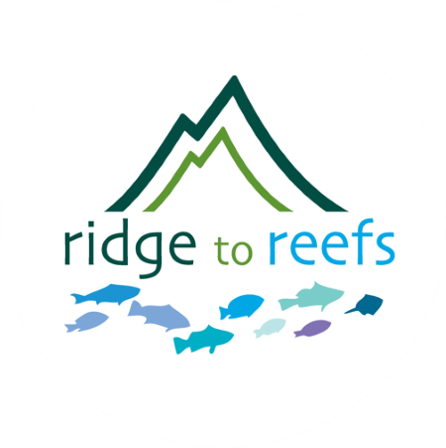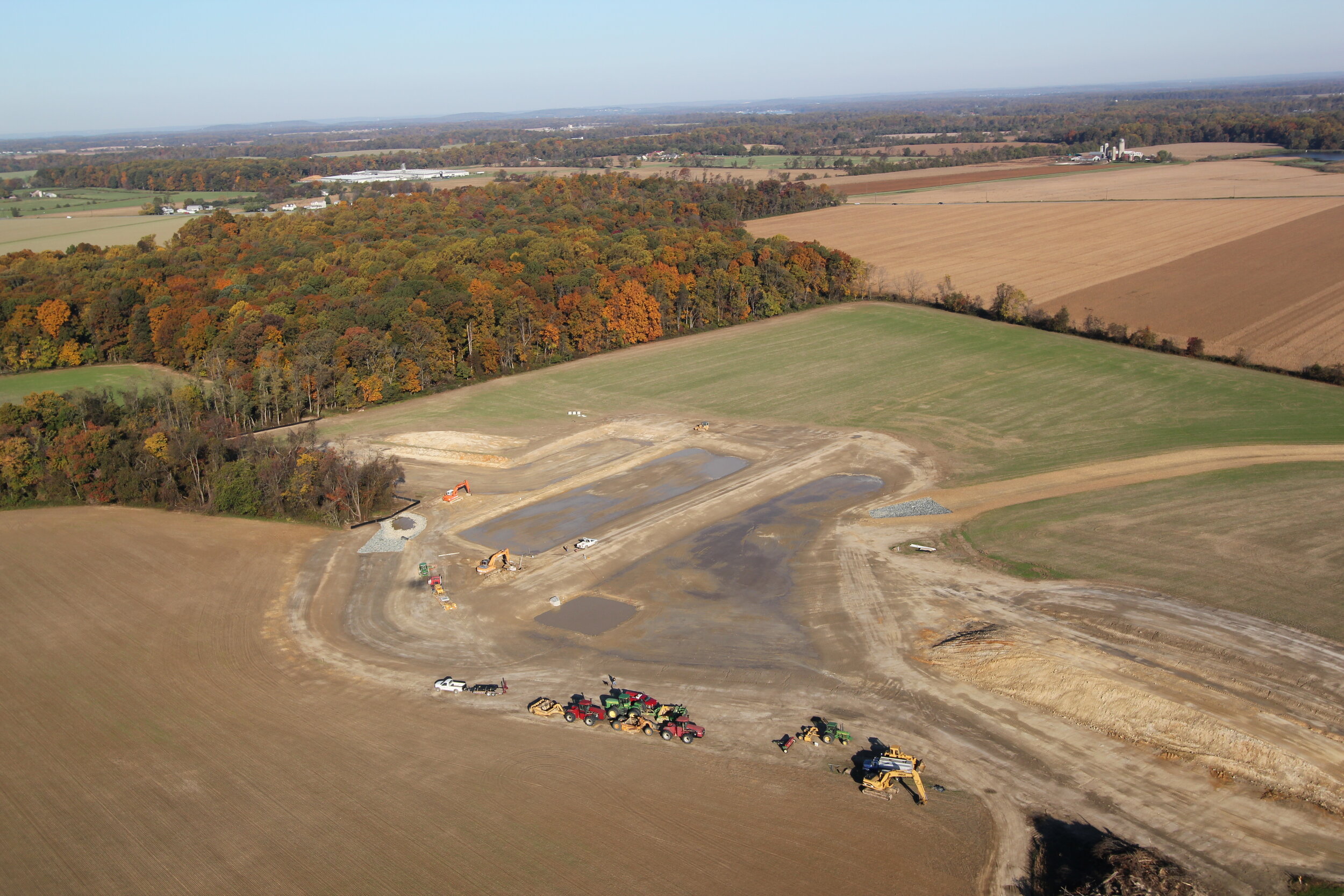Sassafras River Constructed Treatment Wetlands, Upper Chesapeake Bay, Maryland, USA
Wetland restoration project
Project Summary
Paul Sturm led the technical content for the watershed plan for Sassafras River in the Upper Chesapeake Bay which has experienced harmful algal blooms. This was part of updating the plan to meet the new Chesapeake Bay Total Maximum Daily Load (TMDL). Development of treatment wetlands are among the outcomes of the watershed plan. Targeted restoration efforts in high input agricultural watersheds and in nearshore tidal waters with identified water quality problems tangibly reduces pollution loads in the Sassafras River.
Problem
Harmful algal blooms have been impacting the upper Chesapeake Bay due to excess nutrients, particularly nitrogen and phosphorus, being introduced from agricultural operations into the watershed. The algae consume oxygen in the water column, which can threaten and kill other organisms. They can also produce toxins harmful to humans in direct contact with the water or consuming fish and shellfish from the area.
Solution
Designing and instituting a plan to limit the addition of nutrients and sediment that create conditions conducive for the growth of harmful algal blooms.
Implementation
One of the recommendations of the plan was to address key source areas of pollution in the watershed by creating constructed wetlands. A model treatment wetland was designed using wastewater principles to help address the high levels of nutrients. It is designed to treat both surface water and shallow groundwater in two separate treatment cells. The facility was designed with a large stormwater basin to capture runoff from over 15 acres of impervious cover associated with a large egg laying Confined Animal Feeding Operation (CAFO) and then release the runoff at a constant flow rate to the wetlands.
Outcomes
The TMDL was calculated for the Sassafras River in order to plan and support restoration efforts. Treatment wetlands were constructed to improve water quality and support the new TMDL standards. Monitoring of the impact of these wetlands is ongoing.
Funders and Partners Sassafras River Association and the Maryland Department of Natural Resources

























